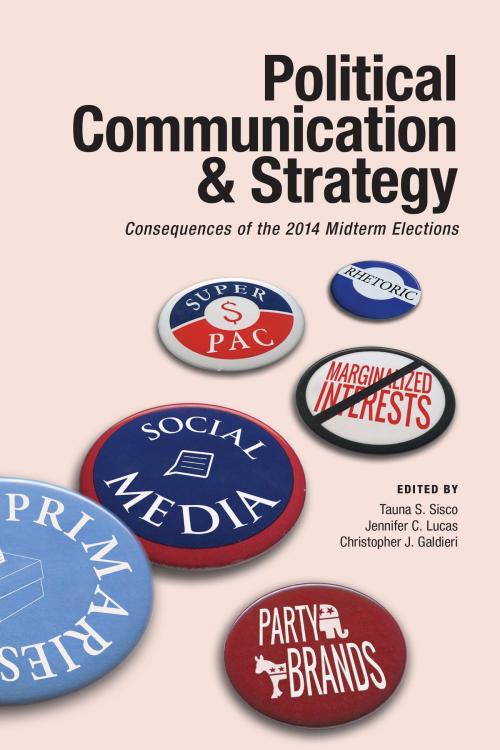Political Communication & Strategy
Consequences of the 2014 Midterm Elections
Nonfiction, Social & Cultural Studies, Political Science, Government, Elections| Author: | ISBN: | 9781629220956 | |
| Publisher: | University of Akron Press | Publication: | October 30, 2017 |
| Imprint: | University of Akron Press | Language: | English |
| Author: | |
| ISBN: | 9781629220956 |
| Publisher: | University of Akron Press |
| Publication: | October 30, 2017 |
| Imprint: | University of Akron Press |
| Language: | English |
Some aspects of the 2014 midterm elections would have been unimaginable a decade earlier. SuperPACs spent unlimited amounts of money, candidates used Twitter and other social media to communicate with voters, and Democrats found themselves all but entirely cast out of federal office in the South. Other aspects of the midterm elections, such as primary elections, direct mail, and the hurdles faced by members of marginalized communities in making their concerns known, were more familiar. How did candidates and parties navigate these new and old realities of the campaign landscape? Top scholars examine the communications strategies of 2014 and their implications for future elections in this volume. The authors demonstrate that party branding, the social construction of group interests, and candidate rhetoric can have an important impact in midterm elections.
Some aspects of the 2014 midterm elections would have been unimaginable a decade earlier. SuperPACs spent unlimited amounts of money, candidates used Twitter and other social media to communicate with voters, and Democrats found themselves all but entirely cast out of federal office in the South. Other aspects of the midterm elections, such as primary elections, direct mail, and the hurdles faced by members of marginalized communities in making their concerns known, were more familiar. How did candidates and parties navigate these new and old realities of the campaign landscape? Top scholars examine the communications strategies of 2014 and their implications for future elections in this volume. The authors demonstrate that party branding, the social construction of group interests, and candidate rhetoric can have an important impact in midterm elections.















